Using Tall Road Cones in Community Neighborhood Design: Balancing Mobility and Safety
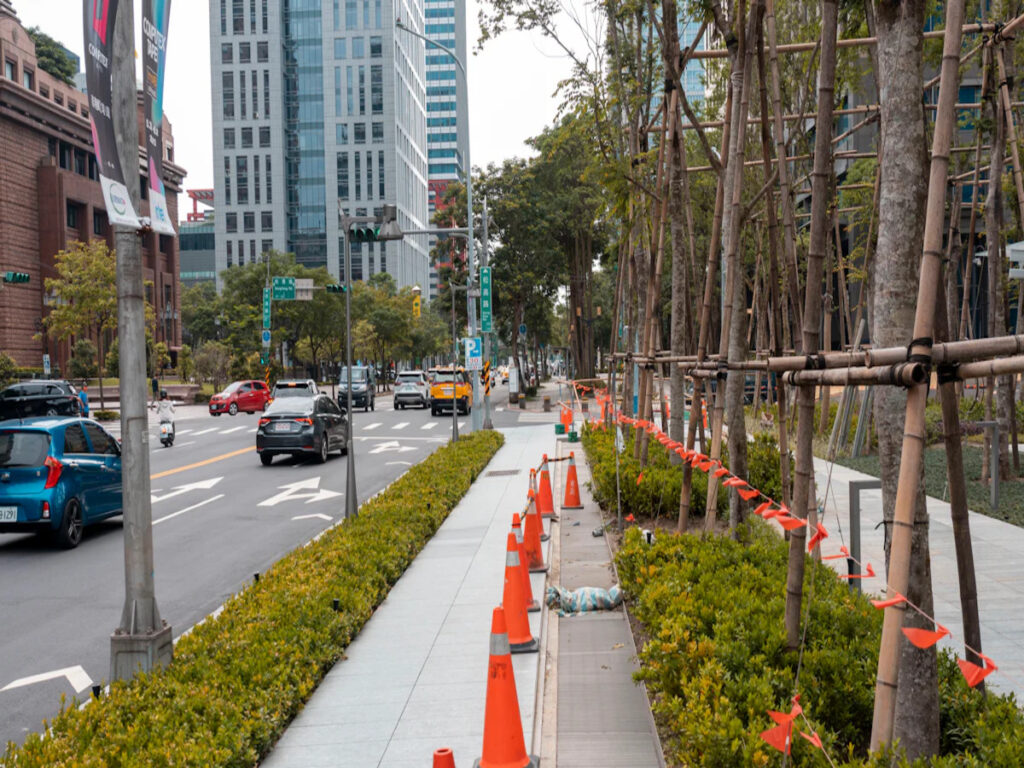
Tall road cones play a vital role in creating safer neighborhoods. Their high visibility helps you manage traffic effectively while protecting pedestrians from potential hazards. You can use them to guide vehicles and mark boundaries, ensuring smooth mobility in busy areas. These cones adapt to various situations, making them ideal for both temporary and permanent setups. In community spaces, they enhance safety by clearly defining zones for pedestrians and vehicles. By strategically placing tall road cones, you contribute to a safer and more organized environment for everyone.
Supporting Community Projects with Road Cones and Barriers to Enhance Safety in Government and Public Initiatives

Safety plays a vital role in every community and government project. Whether you’re organizing a local event or managing a construction site, ensuring the well-being of people should always come first. Road cones and barriers help you create secure environments by marking boundaries, directing traffic, and reducing risks. These tools not only improve organization but also protect pedestrians and drivers from potential hazards. By prioritizing safety, you can foster trust and confidence in your initiatives while minimizing accidents.
Protecting Workers from Carbon Monoxide Hazards with Traffic Cones
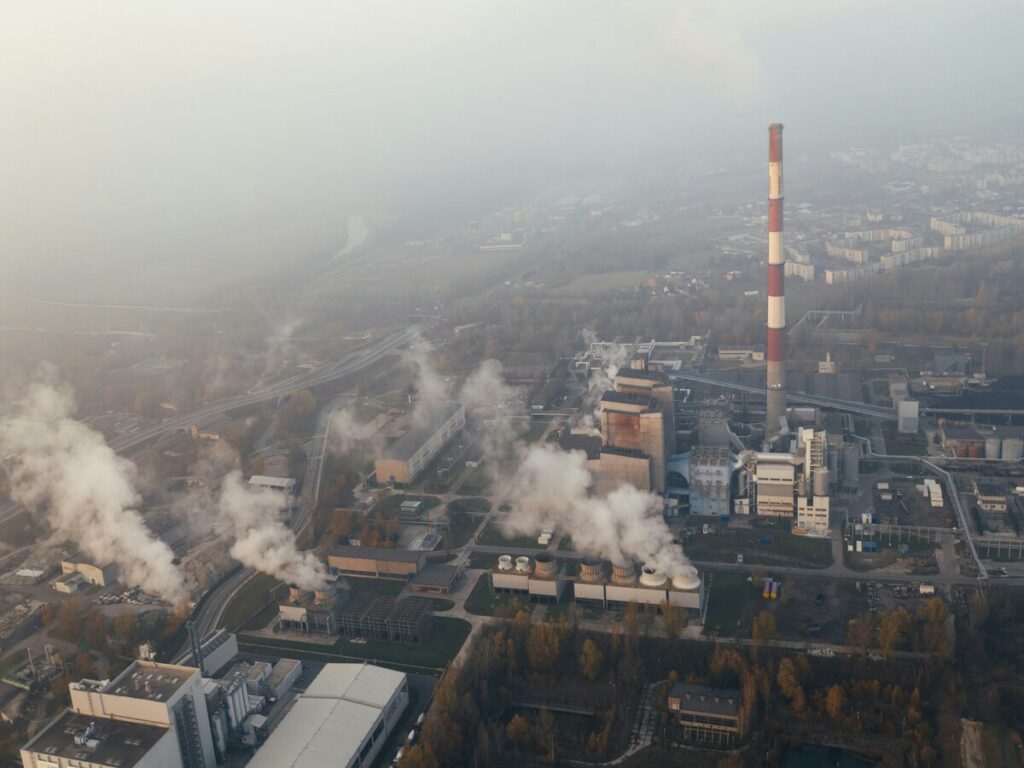
Carbon monoxide is a silent and invisible threat that can pose a danger in work zones. This odorless and colorless gas can build up rapidly in confined spaces, creating a hazardous environment that puts workers’ health and safety at risk. By strategically placing traffic cones, especially red ones, you can help minimize the risk of exposure. These red safety cones serve as visual markers to clearly define hazardous areas, keeping workers away from high-risk zones. The use of traffic cones not only increases the visibility of danger zones but also helps guide personnel and equipment safely, ensuring that everyone on-site is aware of the potential risks and can navigate the area with caution.
Using Caution Cones to Prevent Slips, Trips, and Falls in the Workplace
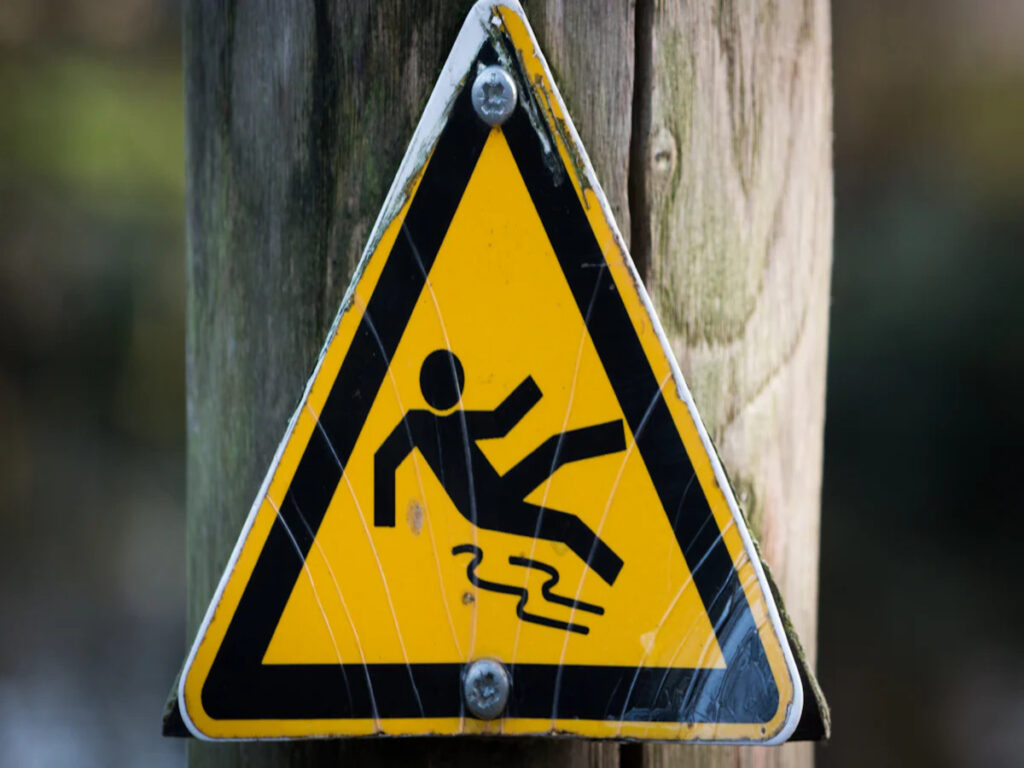
Slips, trips, and falls remain a leading cause of workplace injuries, accounting for 15% of all workplace deaths and costing businesses over $19 billion annually. These incidents often stem from preventable hazards like wet floors or cluttered walkways. Using caution cones helps you create clear visual warnings, reducing risks and improving workplace safety.
Enhancing Safety with Traffic Cones for Mobile Elevating Work Platforms (MEWPs)
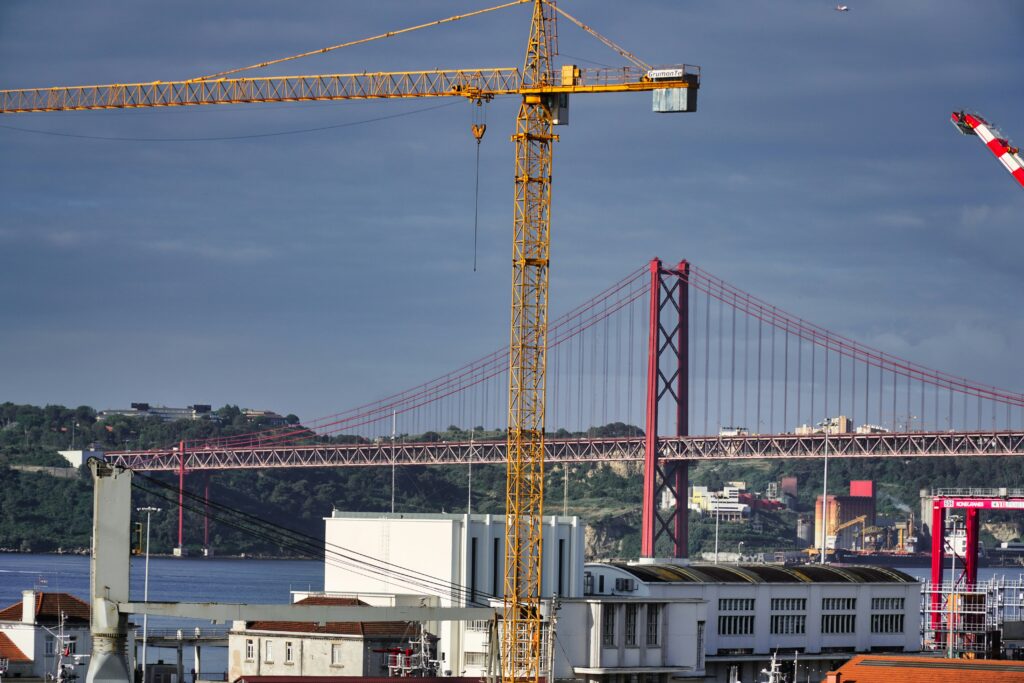
Traffic cones play a vital role in ensuring safety during Mobile Elevating Work Platform (MEWP) operations. You can use them to create clear boundaries that protect workers and guide vehicles. These cones help organize work zones by marking areas for specific activities. They also direct traffic away from hazardous spots, reducing the risk of accidents. By using plastic safety cones, you establish visible zones that keep both workers and motorists safe. This simple tool transforms chaotic sites into structured environments, making operations smoother and safer.
Excavation and Trench Safety: Using Tall Traffic Cone to Prevent Accidents and Ensure Worker Protection
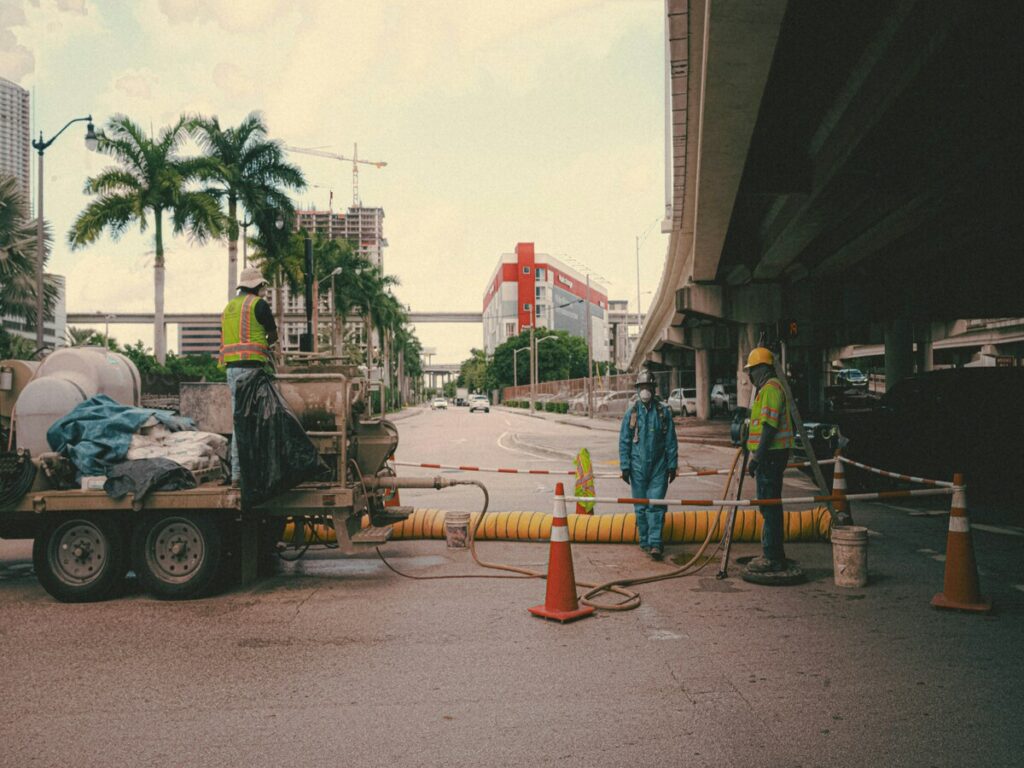
Excavation safety plays a vital role in protecting workers from life-threatening hazards. Trench collapses, falls, and equipment malfunctions often lead to severe injuries or fatalities. In 2022, trenching-related deaths surged by 160% compared to 2021, with 39 workers losing their lives. Many of these accidents could have been avoided with proper precautions.













